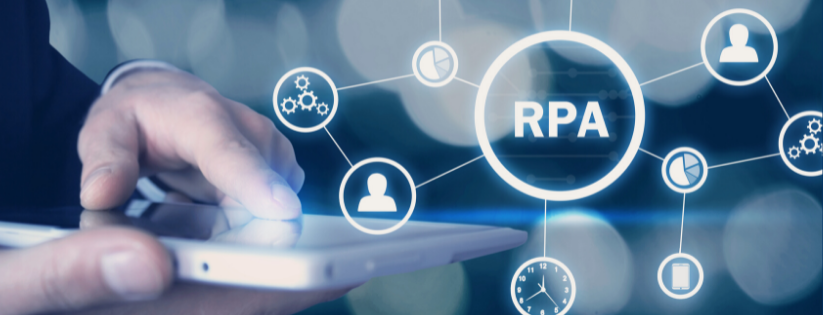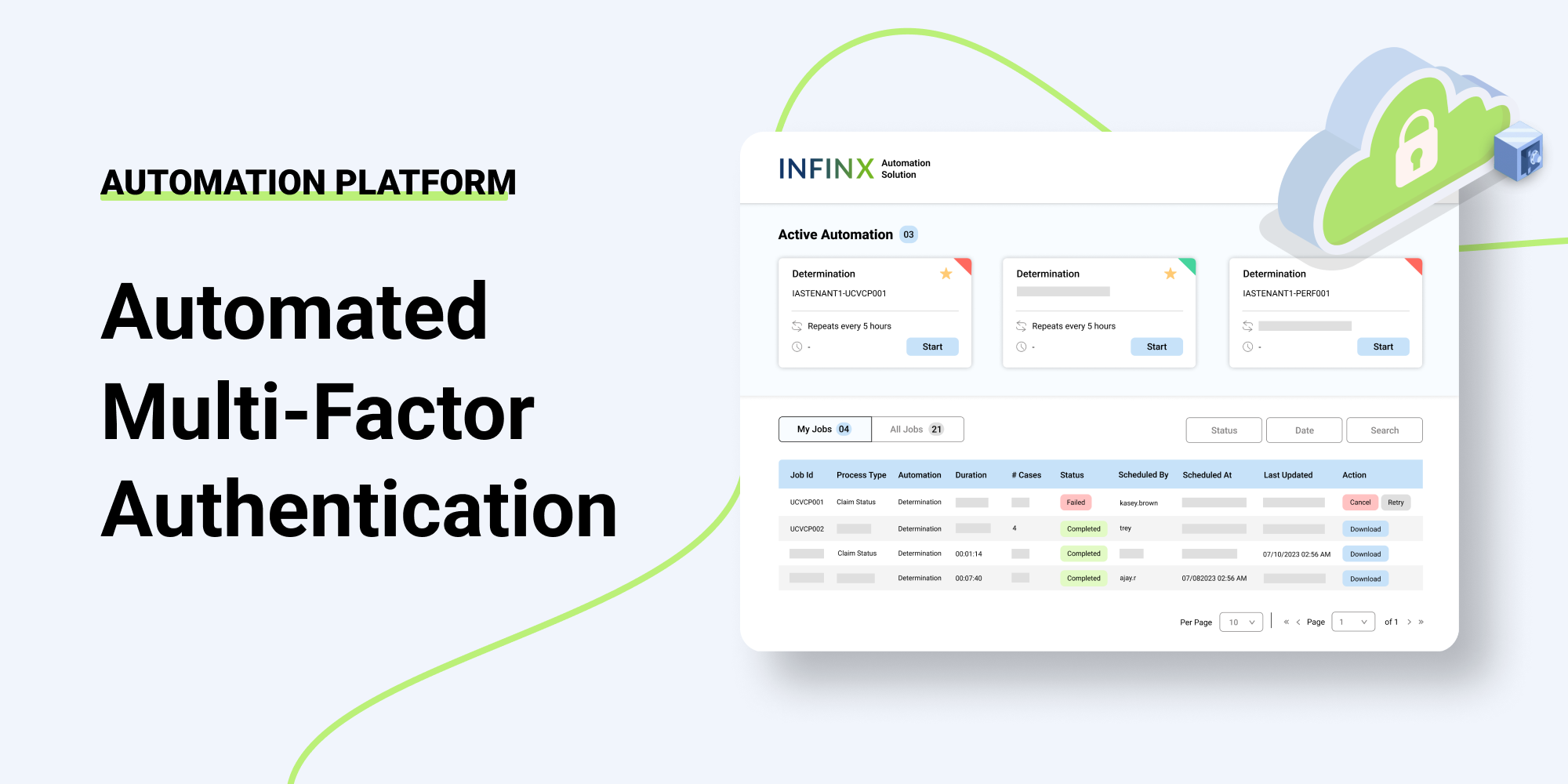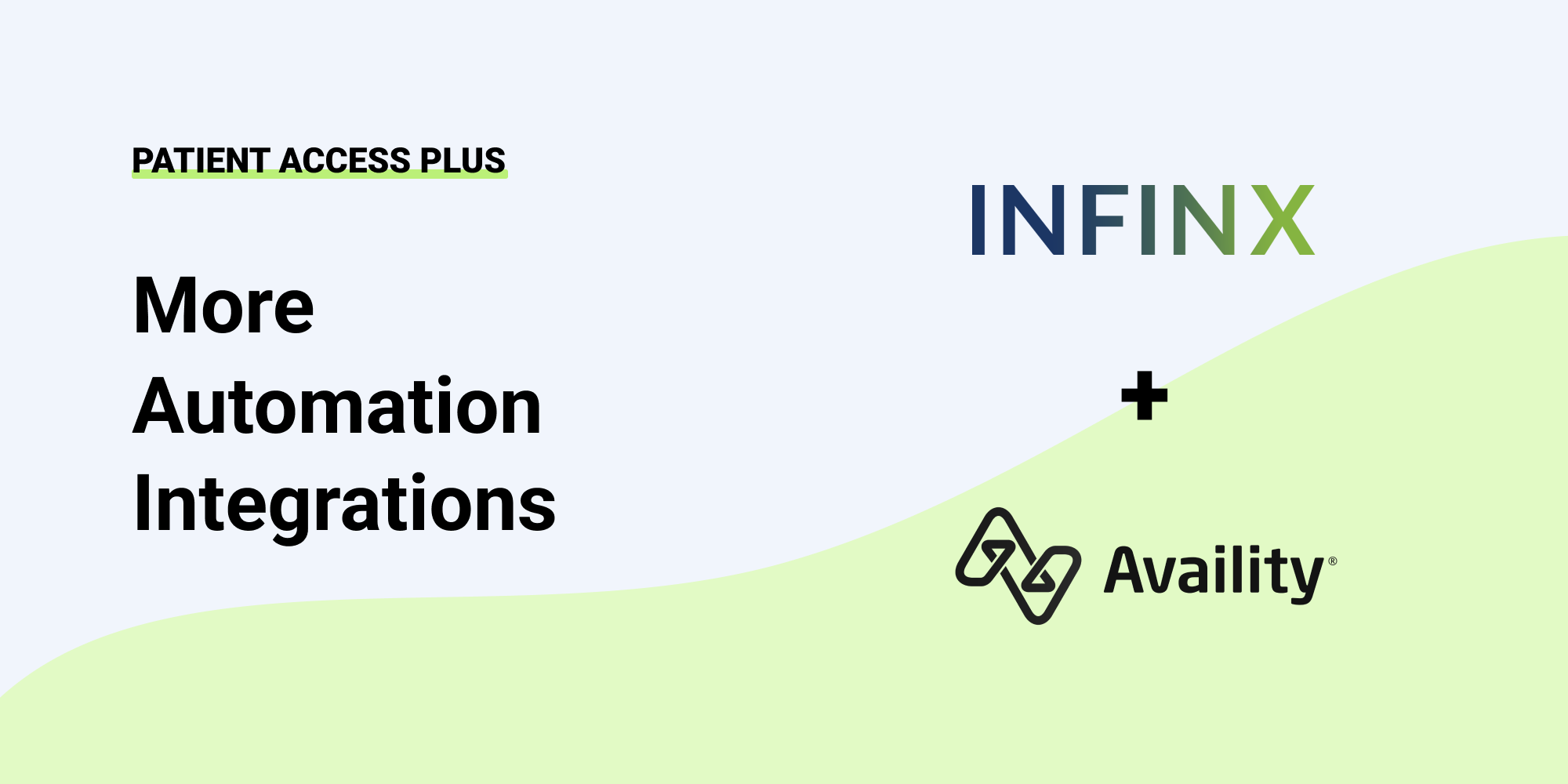RPA stands for robotic process automation and is a hot topic in healthcare right now. The technology creates automation that mimics human actions. The primary goal of this technology is to facilitate repetitive, high-volume, and well-defined activities.
Understanding Recipes And Bots
Each series of steps you automate is called a recipe. Recipes are similar to those in a cookbook in that they consist of a series of steps that must be followed in a specific order to ensure success.
You must create a bot for every process you want to automate. These bots work based on a fixed set of items that are set to make certain decisions based on what rules you define them as.
There are many types of bots in RPA. Desktop bots run on your computer and are triggered by a person to perform specific actions. Let’s say you wanted to mail invitations to 30 people but do not have a mail merge program. An Excel file is entered, an invitation code is assigned, and the program picks up the work from there and sends out each email separately.
Another type of bot runs remotely on the server’s back end and does not require human involvement. These types of bots are set up to run daily.
For example, if a practice schedules 70 appointments daily, they will need to check eligibility and pre-authorizations before each patient arrives. To gather the information, a staff member would have to do this the night before logging off or arrive at work early in the morning. Instead of having a staff member manually enter this complex data daily, you could create a bot that starts at 3 am to begin these critical tasks. The bot would be able to pick up all the appointments scheduled for that day, and the eligibility and perform the preauthorization checks before your staff comes into the office. The bot informs the user what appointments require preauthorizations, what appointments do not, and what can be scheduled immediately. This information is readily available and easily accessible on the computer, allows your employees to begin their day with a head start, and simplifies their process.
Bots have many different benefits, even being useful for tasks like online shopping. Let’s say you want to know when a PlayStation will be available tomorrow for a short time but don’t know when. You can create a bot keeper on the server to check your Amazon account to see if the PlayStation is available. If you are eager to know if your order has been delivered and your device does not have the Amazon app, you can create a bot that runs every 30 seconds to check the status of your order.
How Can Bots Be Helpful In Healthcare?
STAFFING
Healthcare is facing the same staffing issues as many other industries today.
Pre-pandemic and post-pandemic are two different worlds, and skilled revenue cycle staff are scarce. Suddenly you have fewer experienced people handling an influx of work and complex responsibilities while your patient population continues to rise. Some of these front-end responsibilities are repetitive, redundant actions. For example, logging into a website, checking eligibility, or answering frequently asked questions.
RPA in healthcare is not about replacing skilled workers but automating the parts of their jobs that don’t add value. By implementing RPA, your employees have more bandwidth from managing monotonous tasks, increasing their efficiency while significantly reducing errors. Your staff is then able to focus on meaningful tasks and, more importantly, have more time to devote to patient care.
PATIENT ACCESS AND RCM
Using a bot can help you manage the lifecycle of patient access. When you get a request to schedule, you always check the patient’s eligibility. If the patient is eligible, you verify their benefits. If the benefits are valid, you will then begin the pre-authorization process. Depending on the rules outlined by the provider, some will schedule the appointment, while others will schedule them only after the pre-authorization is approved. Pre-authorizations can take up to seven days to process. A lot of manual work is needed when tracking the prior authorization process. First, you must log in, check the status, and submit all the requested information. Not to mention, much of this information will vary on a case-by-case basis, which may be difficult for your staff to keep track of, leading to manual errors. Employees must complete these tasks every day before the patient’s appointment.
Some pre-authorizations may even need to be tracked by phone. These pre-authorizations follow the same process but with the addition of long phone call wait times. Thankfully, RPA bots can help with the process. When you have to move data from one system to another, instead of integrating two disjointed systems, you can assign a bot and program it for the specific method through which the prior authorization is processed.
CLAIM STATUS
Bots can also be useful for checking claim statuses. The task can be time-consuming, especially for staff who have just clocked in and must also deal with various other work assignments needed to begin a practice’s daily operations. A bot can automate the repetitive processes of a staff’s work day, logging into the website in the morning the same way a human would.
When you look at all of these tasks, they have a set of fixed steps. It’s essential to map out all of these steps and determine if they are performed for each patient or not. After identifying the steps, you can assign a bot to perform these tasks for ultimate optimization. Most RPA companies can help you determine which bot will work best for you.
RPA technology does not replace your already skilled human staff but supports them in their efforts. Therefore, you should expect that your staff will be able to optimize their days better, have better output, be more efficient, and make fewer mistakes. It will help keep your staff happy.
Learn How Infinx Solutions Can Help
If your practice is burdened with repetitive, manual revenue cycle tasks, request a demo and learn how our solutions can help.


